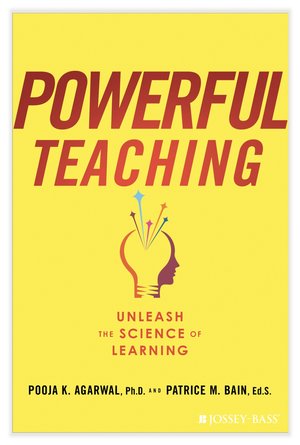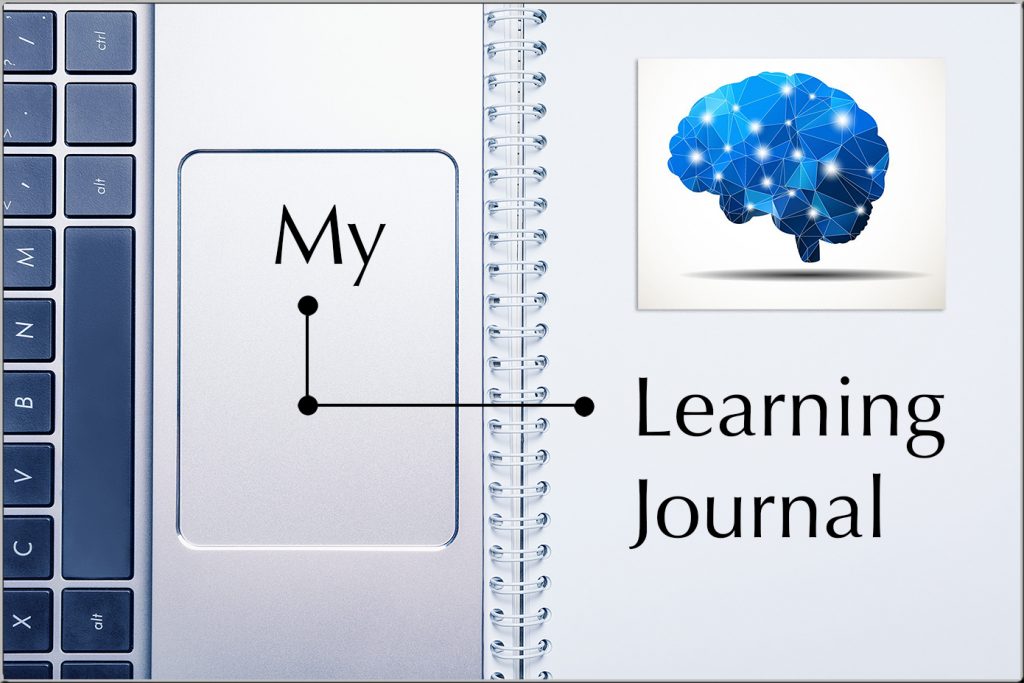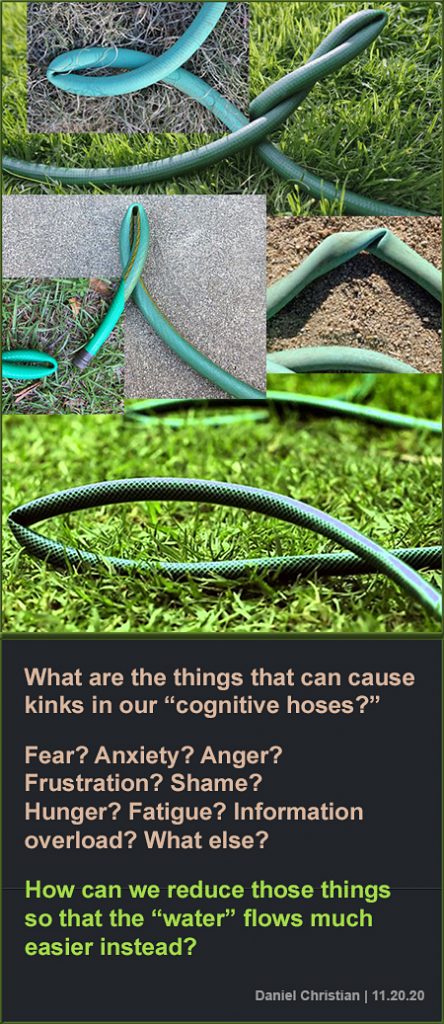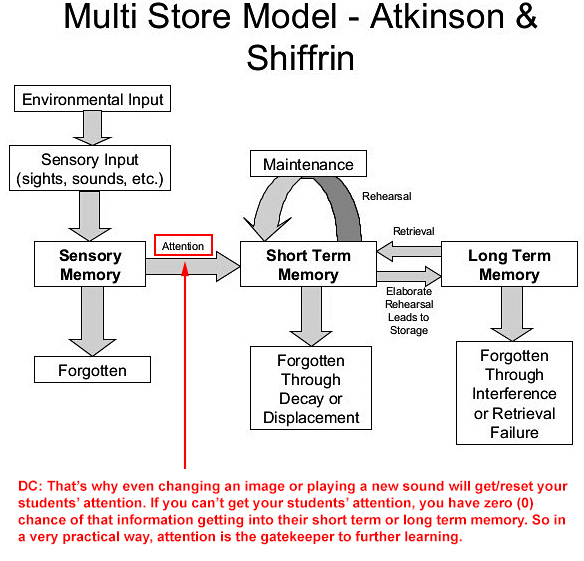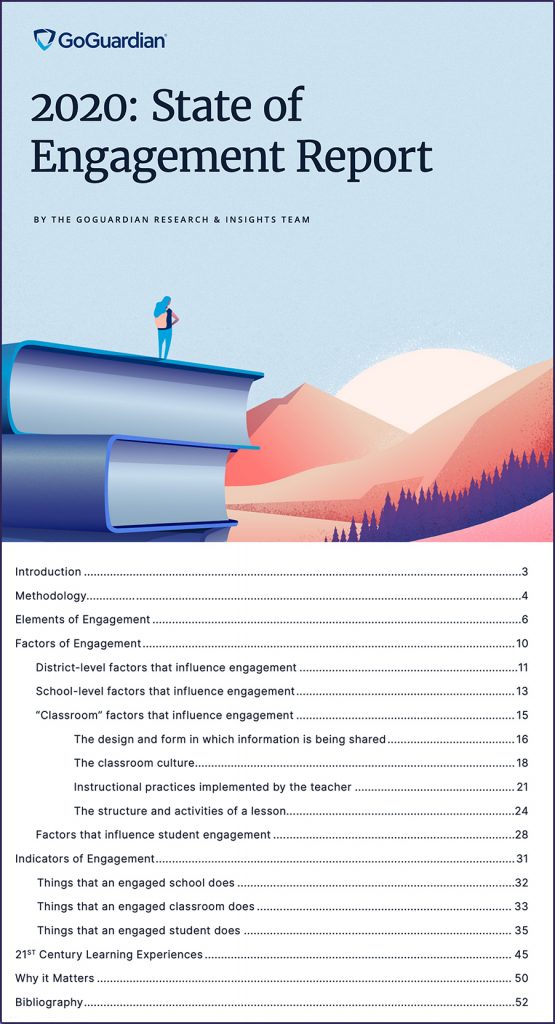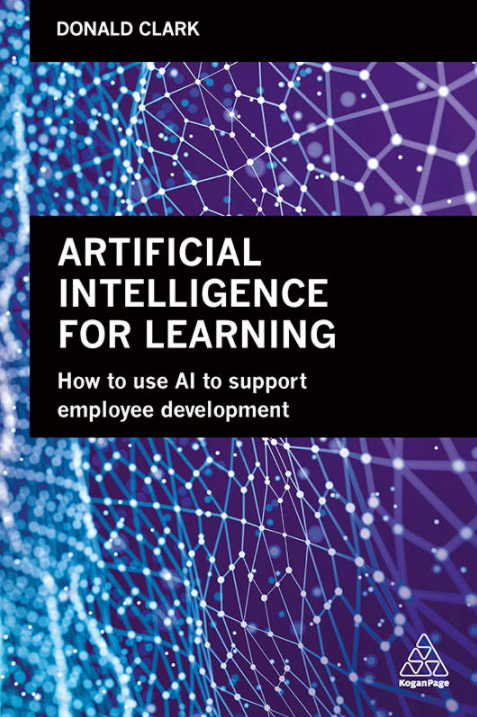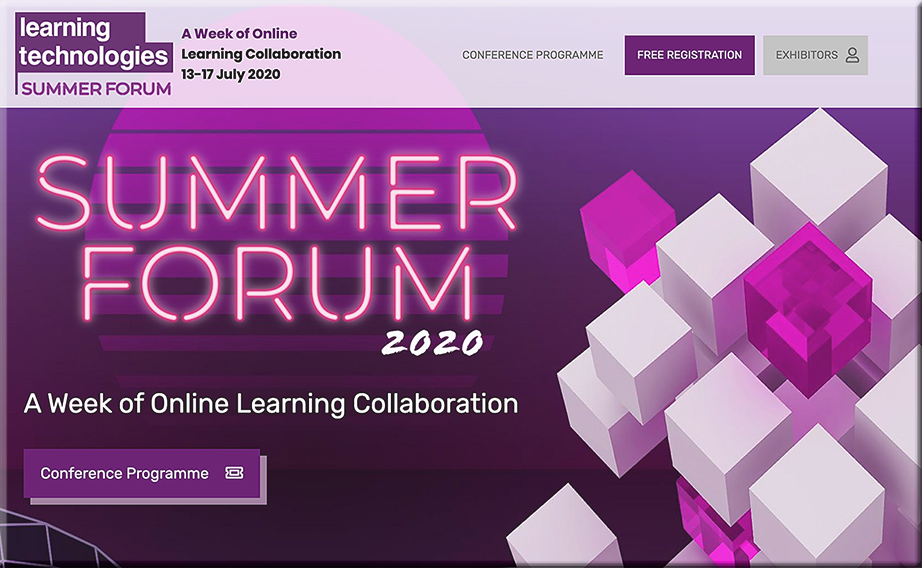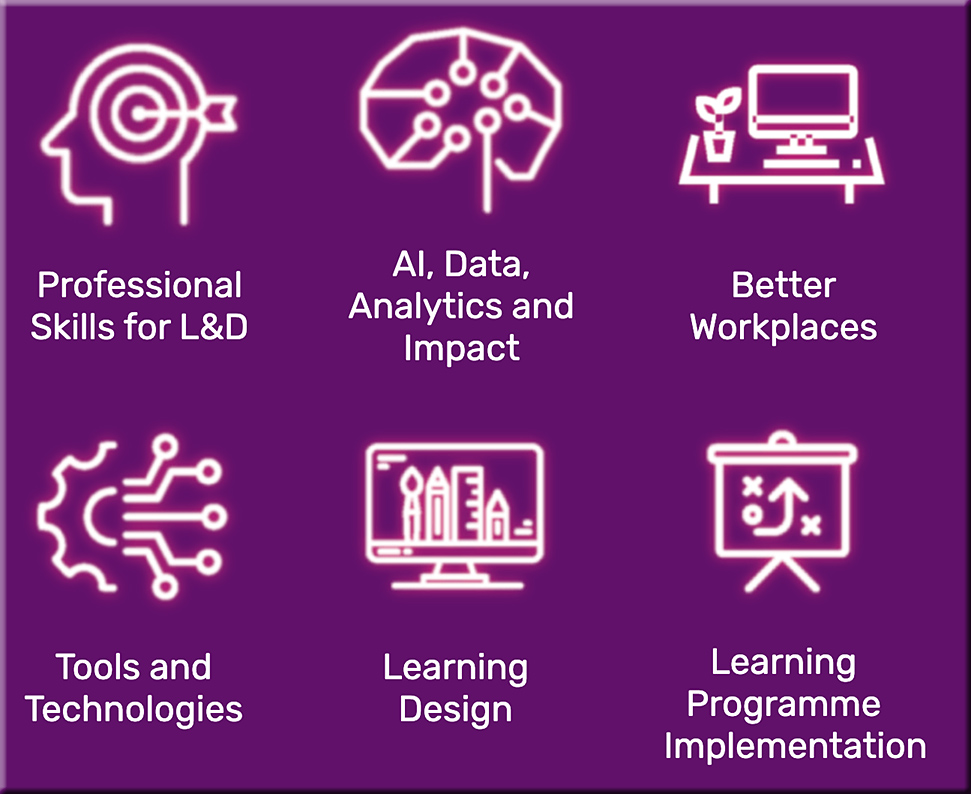Interleaving: How Mixed Practice Can Boost Learning— from effectiviology.com
Excerpt:
Interleaving is a learning technique that involves mixing together different topics or forms of practice, in order to facilitate learning. For example, if a student uses interleaving while preparing for an exam, they can mix up different types of questions, rather than study only one type of question at a time.
Interleaving, which is sometimes referred to as mixed practice or varied practice, is contrasted with blocked practice (sometimes referred to as specific practice), which involves focusing on only a single topic or form of practice at a time.
Also see:
Excerpts:
Interleaving boosts learning by mixing up closely related topics, encouraging discrimination between similarities and differences. (Agarwal & Bain, p. 14)
It’s “re-arranging the order of retrieval opportunities during spacing without changing the content to be learned.” It’s mixing up concepts. (Agarwal & Bain, pgs. 106-107).
Consider this basic example of practice problems in any math course:
Problem Set 1: AAAA BBBB CCCC DDDD [i.e., blocked practice]
Problem Set 2: ABCD BCAD DBAC CBDA [i.e., interleaved practice]
Both have the same practice problems, but they’ve been re-arranged. If letters represented addition, subtraction, multiplication, and division, the students need to be able to choose and retrieve the appropriate strategy — vs. plug-and-chug without thinking about which strategy to use.
Also see:
retrievalpractice.org/interleaving









